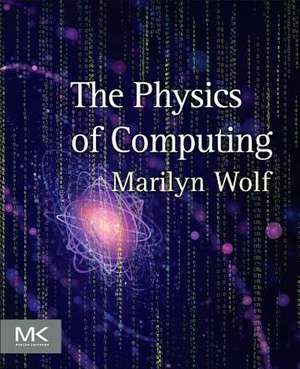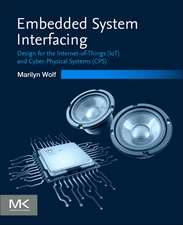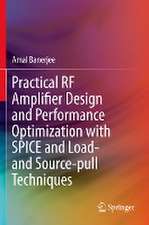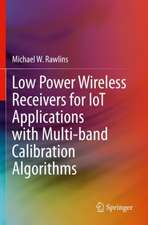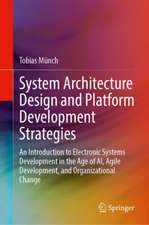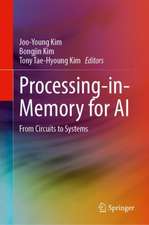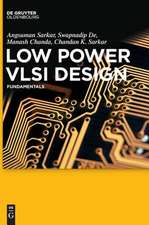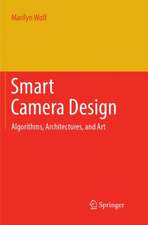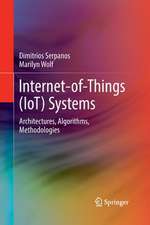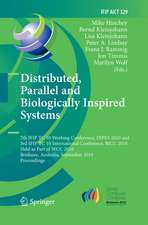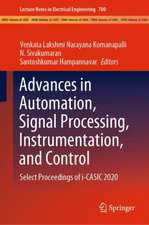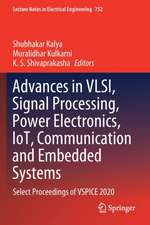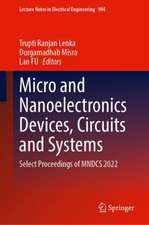The Physics of Computing
Autor Marilyn Wolfen Limba Engleză Paperback – 9 noi 2016
It can be used as a course for juniors or seniors in computer engineering and electrical engineering, and can also be used to teach students in other scientific disciplines important concepts in computing. For electrical engineering, the book provides the fundamentals of computing that link core concepts to computing. For computer science, it provides foundations of key challenges such as power consumption, performance, and thermal. The book can also be used as a technical reference by professionals.
- Links fundamental physics to the key challenges in computer design, including memory wall, power wall, reliability
- Provides all of the background necessary to understand the physical underpinnings of key computing concepts
- Covers all the major physical phenomena in computing from transistors to systems, including logic, interconnect, memory, clocking, I/O
Preț: 356.67 lei
Preț vechi: 474.14 lei
-25% Nou
Puncte Express: 535
Preț estimativ în valută:
68.26€ • 70.86$ • 56.91£
68.26€ • 70.86$ • 56.91£
Carte tipărită la comandă
Livrare economică 15-29 martie
Preluare comenzi: 021 569.72.76
Specificații
ISBN-13: 9780128093818
ISBN-10: 0128093811
Pagini: 276
Dimensiuni: 191 x 235 x 27 mm
Greutate: 0.59 kg
Editura: ELSEVIER SCIENCE
ISBN-10: 0128093811
Pagini: 276
Dimensiuni: 191 x 235 x 27 mm
Greutate: 0.59 kg
Editura: ELSEVIER SCIENCE
Public țintă
Primary: Undergraduate students in computer engineering, electrical engineering, computer science. For EEs, provides fundamentals of computing that links core EE concepts to computing. For CS, provides foundations of key challenges such as power consumption, performance, and thermal.Secondary: Some professional reference uses for people who want the basics for topics such as heat dissipation, leakage, performance, etc.
Cuprins
Chapter 1. Electronic Computers
Chapter 2. Transistors and Integrated Circuits
Chapter 3. Logic Gates
Chapter 4. Sequential Machines
Chapter 5. Processors and Systems
Chapter 6. Input and Output
Chapter 7. Emerging Technologies
Chapter 2. Transistors and Integrated Circuits
Chapter 3. Logic Gates
Chapter 4. Sequential Machines
Chapter 5. Processors and Systems
Chapter 6. Input and Output
Chapter 7. Emerging Technologies
